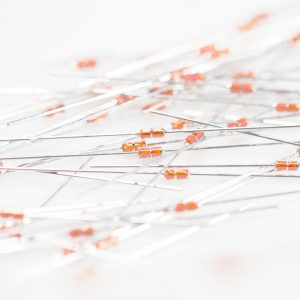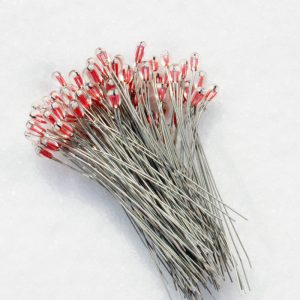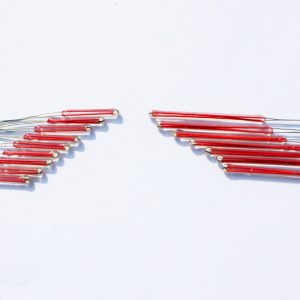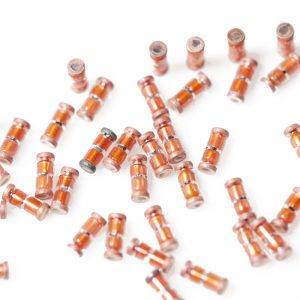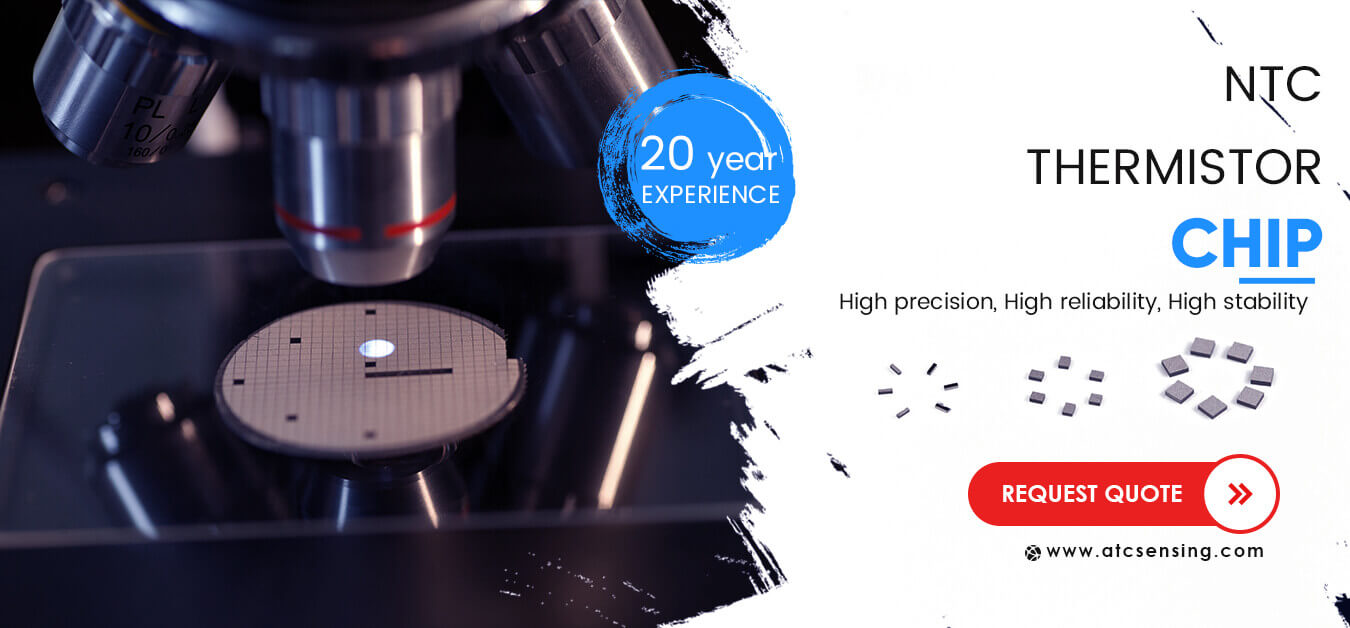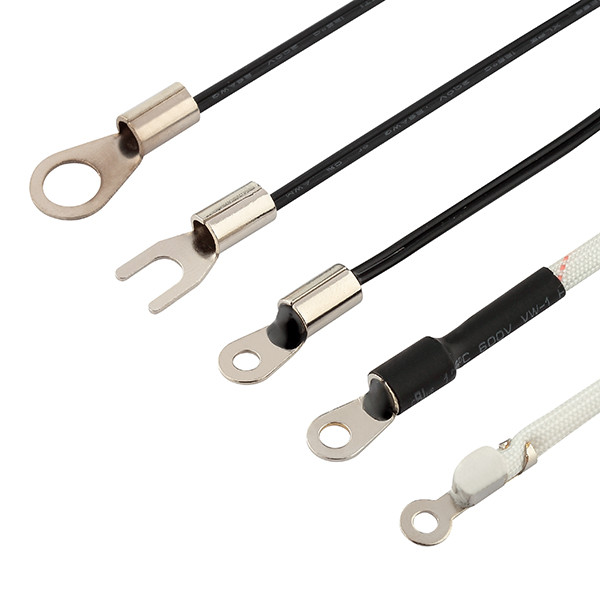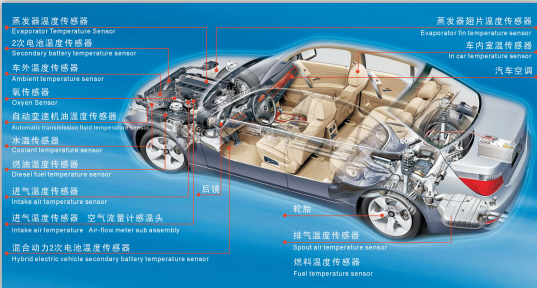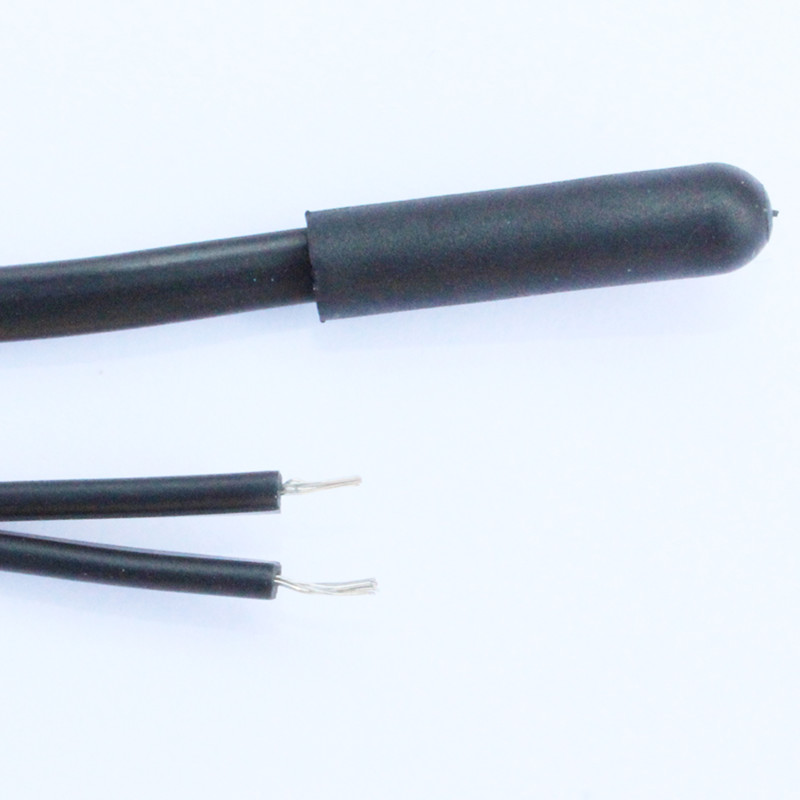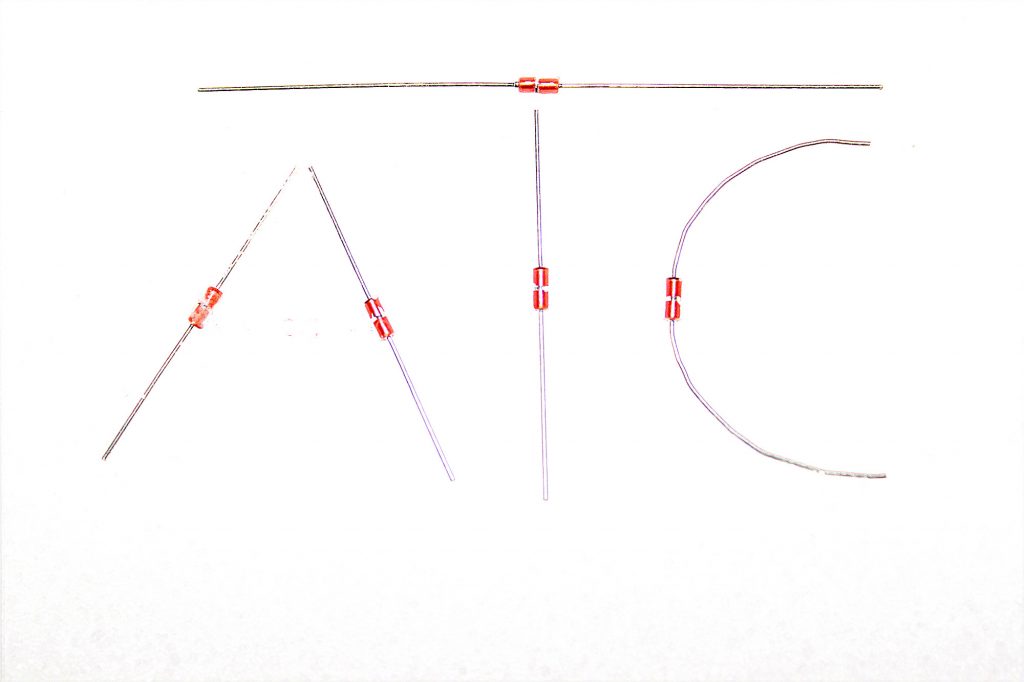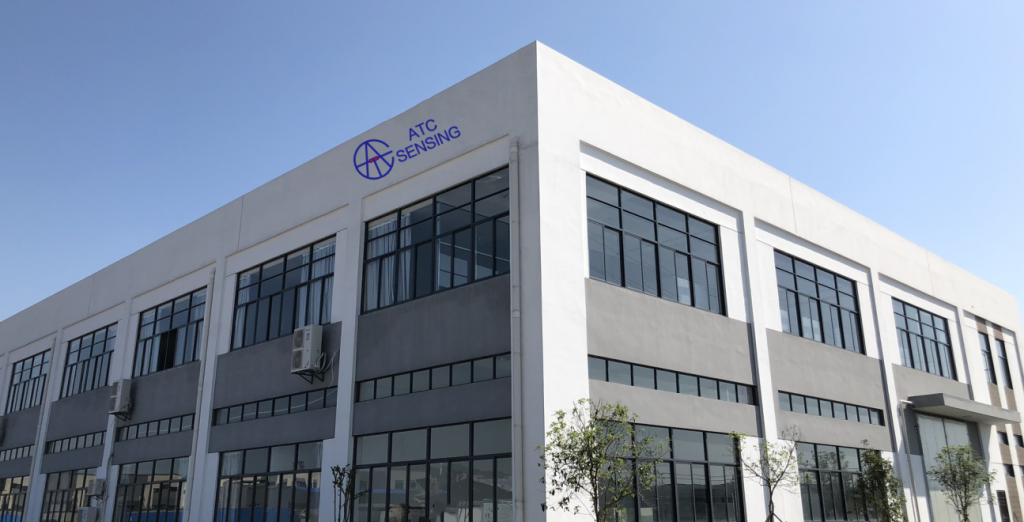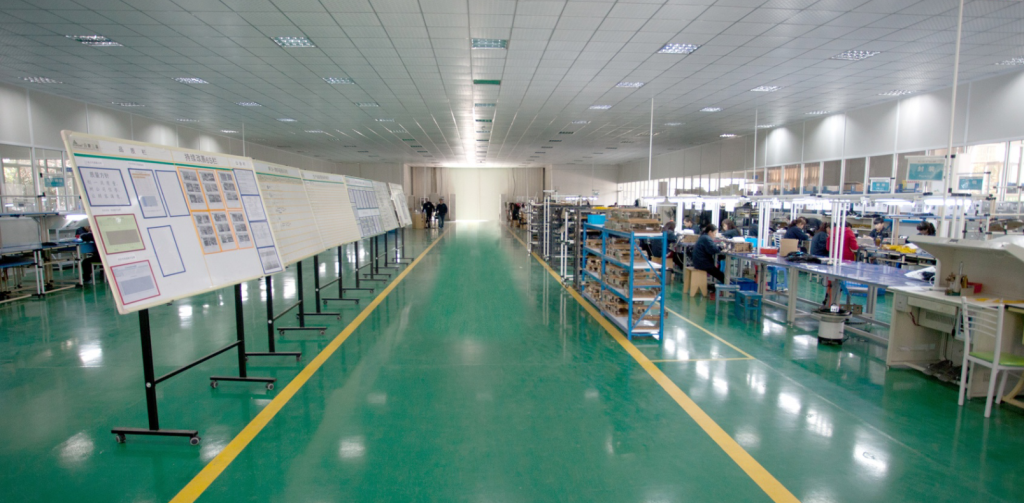With the increasing popularity of the Internet of Things concept, the sensor market is once again welcoming rapid development opportunities. The sensors mainly include pressure sensors, temperature sensors, flow sensors, level sensors, wireless sensors and biosensors. Sensors are an important component of the information industry and are used in aerospace, military, home appliances, automotive electronics, IT, medical and specialty equipment. According to statistics from INTECHNO Consulting, the global sensor market exceeded US$50 billion in 2008 and continues to grow rapidly. It is expected to reach US$60 billion in 2010 and a compound annual growth rate of over 9%.
With the increasing popularity of the Internet of Things concept, the sensor market is once again welcoming rapid development opportunities. The sensors mainly include pressure sensors, temperature sensors, flow sensors, level sensors, wireless sensors and biosensors. Sensors are an important component of the information industry and are used in aerospace, military, home appliances, automotive electronics, IT, medical and specialty equipment. According to statistics from INTECHNO Consulting, the global sensor market exceeded US$50 billion in 2008 and continues to grow rapidly. It is expected to reach US$60 billion in 2010 and a compound annual growth rate of over 9%. As one of the fastest growing regions in the sensor market, China’s sensor market has exceeded 32.7 billion yuan in 2008, with a compound annual growth rate of more than 10%.
The temperature sensor is a semiconductor device that converts a non-electrical physical quantity into an electrical quantity by utilizing the characteristic that the value of the core part of the thermistor changes with temperature, thereby performing accurate temperature measurement and automatic control. Temperature sensors are an important category of sensors, accounting for more than 15% of the total sensor demand. In 2008, the global temperature sensor market size was more than 7.5 billion US dollars, and in 2010 it could exceed 9 billion US dollars.
Thermistors are a class of sensitive components. They are core components in temperature sensors and are classified into positive temperature coefficient thermistors (PTC) and negative temperature coefficient thermistors (NTC) according to temperature coefficients. Thermistors account for about 40% of the cost of temperature sensors. In 2010, the global market for NTC and PTC thermistors will exceed $4 billion.
At the 2010 annual meeting of the China Electronic Components Industry Association’s Sensitive Components and Sensors Branch, some experts pointed out that due to favorable factors such as the automobile industry revitalization plan, home appliances going to the countryside, and 3G network construction, temperature sensors are the fastest growing. The compound growth rate is more than 15%. In 2009, the market size exceeded 5 billion yuan, of which the market size of NTC and PTC thermistors exceeded 2 billion yuan.
Compared with traditional products, the new temperature sensor has a trend of miniaturization, high precision, and low power consumption. In the new era, the application of temperature sensors has been further broadened. As an important branch of temperature sensors, NTC is a new application field for medical electronics, mobile communications, office automation, and automotive electronics.
In the field of medical electronic devices, medical electronic devices are increasingly becoming highly integrated, preferring personal care types such as home care, home health care, and personal health checkups. Hospital equipment applications are becoming smaller, portable and specialized. Miniaturized high-precision temperature sensors are the driving force behind the rapid development of medical electronic devices. It is estimated that in 2010, China’s medical electronics industry requires about 35 million temperature sensors, with an annual growth rate of more than 15%, and the development of the industry will continue to maintain this momentum for at least five years.
In the field of communication products, temperature sensors are indispensable parts and are the neurons of network systems. They are mainly used in communication products such as mobile phone batteries, notebook motherboards, LCD monitors, and temperature detection of computer microprocessors. Among them, only in the field of mobile communications, according to the statistics and forecast of mobile phone production and sales by the Ministry of Industry and Information Technology, the temperature sensor required in 2010 will exceed 1.3 billion, and will increase at an annual rate of 9% in the next few years.
In the field of automotive electronic components, high-precision composite devices with temperature sensors as the core components are one of the key components to improve automotive intelligence, energy efficiency and comfort. Its market application status, technical situation, and future development trend are closely related to the overall improvement of domestic automotive electronics technology strength; its quality stability, reliable performance, and high precision will be safe, comfortable, intelligent and energy-saving for automobiles. Have an important impact. The automobile industry is one of the industries that China is currently developing vigorously. According to the National Bureau of Statistics, China’s automobile production in 2009 was 13.64 million units. It is expected that this value will reach 16 million units in 2010, with a growth rate of over 15%, and will continue to maintain strong growth in the future.



